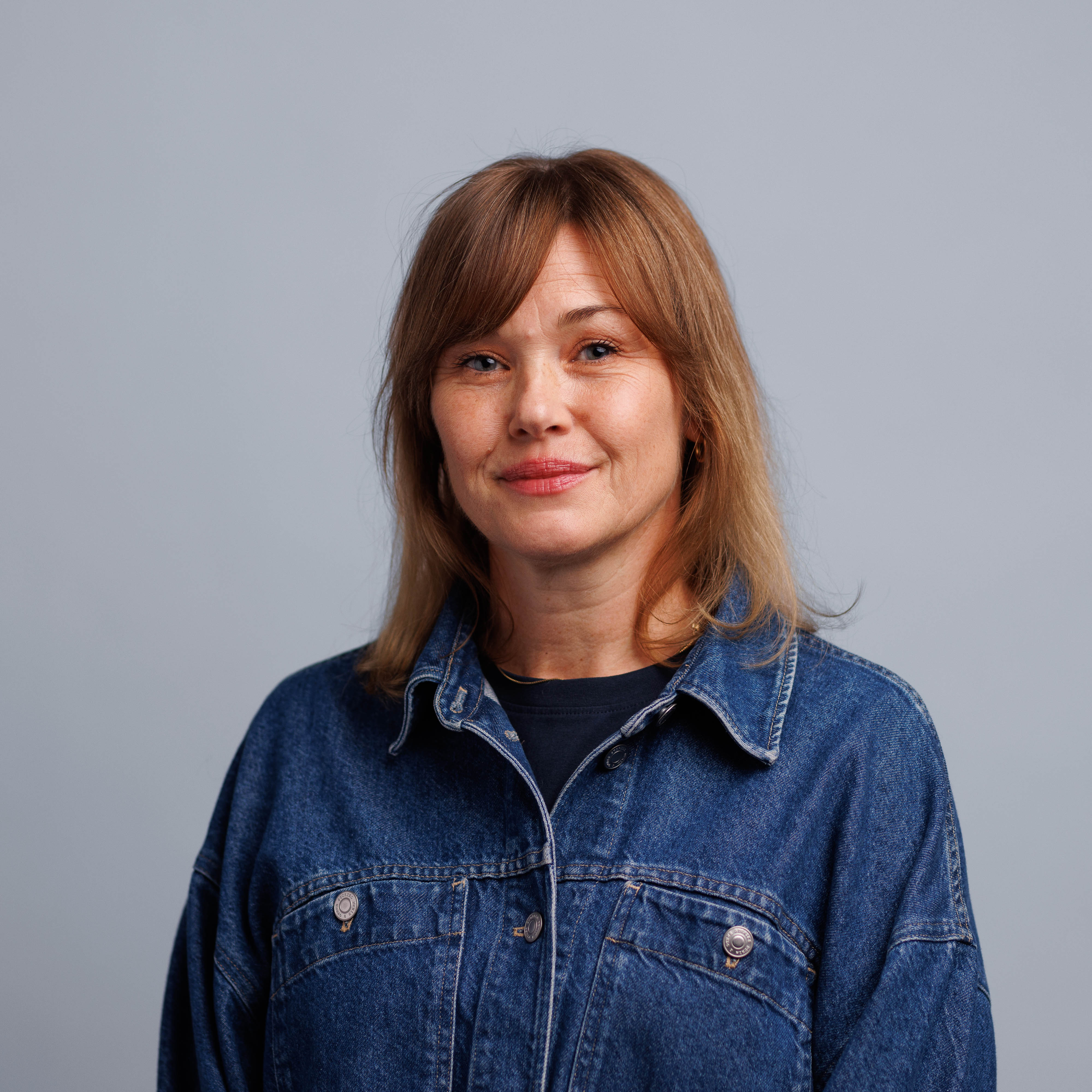
Tonje Jæger
TRY Design
Head of Design
tonje@try.no
+47 911 29 219
Delivery
While the report was targeted at politicians, researchers, and those involved in the wolf debate, the exhibition was aimed at families and the general public.
Wolves in folklore often represent the unknown—something dangerous and alluring. In many fairy tales, the wolf deceives, kills, and devours children, symbolizing evil and primal instincts. This image has led to a deep fascination with wolves, but also fear.
The public debate on wolves is emotionally charged, with many people concerned about the protection of domestic animals and others advocating for preserving biodiversity, including carnivores like wolves.
The goal of the exhibition was to dispel myths and contribute to a more informed debate about the wolf.


The concept and name of the exhibition were inspired by the fable of The Boy Who Cried Wolf, a story that is not really about wolves but about truth and the consequences of lies.
This fable provided a clear, familiar framework for the exhibition, aligning with the themes of duality and polarization.
Key themes explored in the exhibition included the conflict between urban and rural areas, nature and culture, humans and animals, and the relationship between fact and fiction.
The design mixed rational elements with "fairy-tale" aspects, demonstrating how myths and stories have shaped public perception of wolves over time. Illustrations of the wolf were developed to portray the animal neutrally—not as a predator or threat, as it is often depicted in popular media.
These images helped to reframe the narrative and emphasize the wolf's natural role in the ecosystem.
The exhibition featured a combination of conceptual elements including a visual identity, sound design, animated films, digital content, illustrations, exhibition texts, media training, media advice, communication strategies, and campaign management.
The exhibition successfully engaged the public in a broader conversation about wolves, challenging misconceptions and providing a nuanced view of the animal.
It provided visitors with a more balanced understanding of wolves, moving beyond the myths and fear to encourage a more fact-based and empathetic discussion about the role of wolves in Norwegian nature.









TRY Design
Head of Design
tonje@try.no
+47 911 29 219
A lot has happened since 1998. While commercials are part of our story, we've created countless other achievements we're proud to showcase. Take a look at our work.